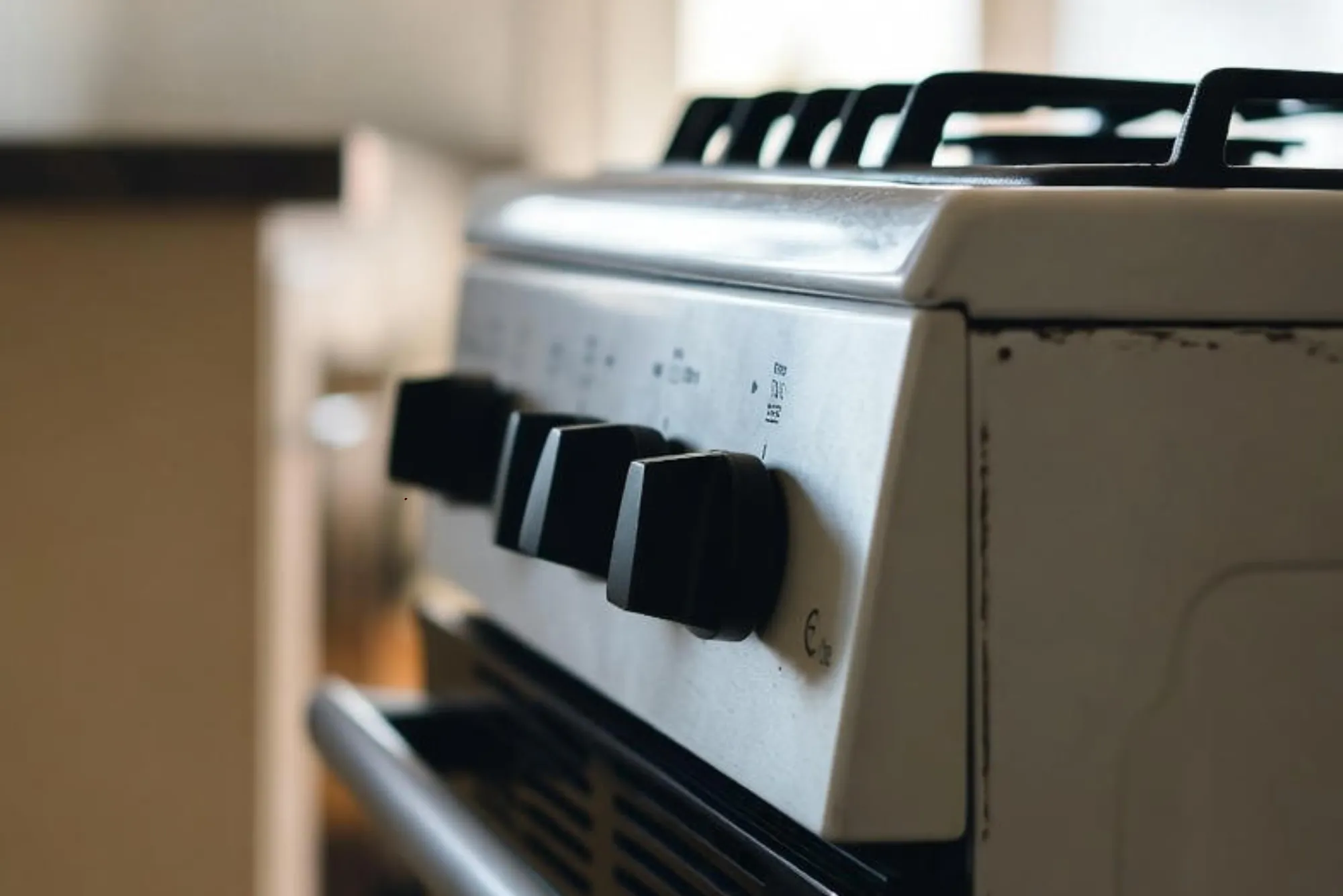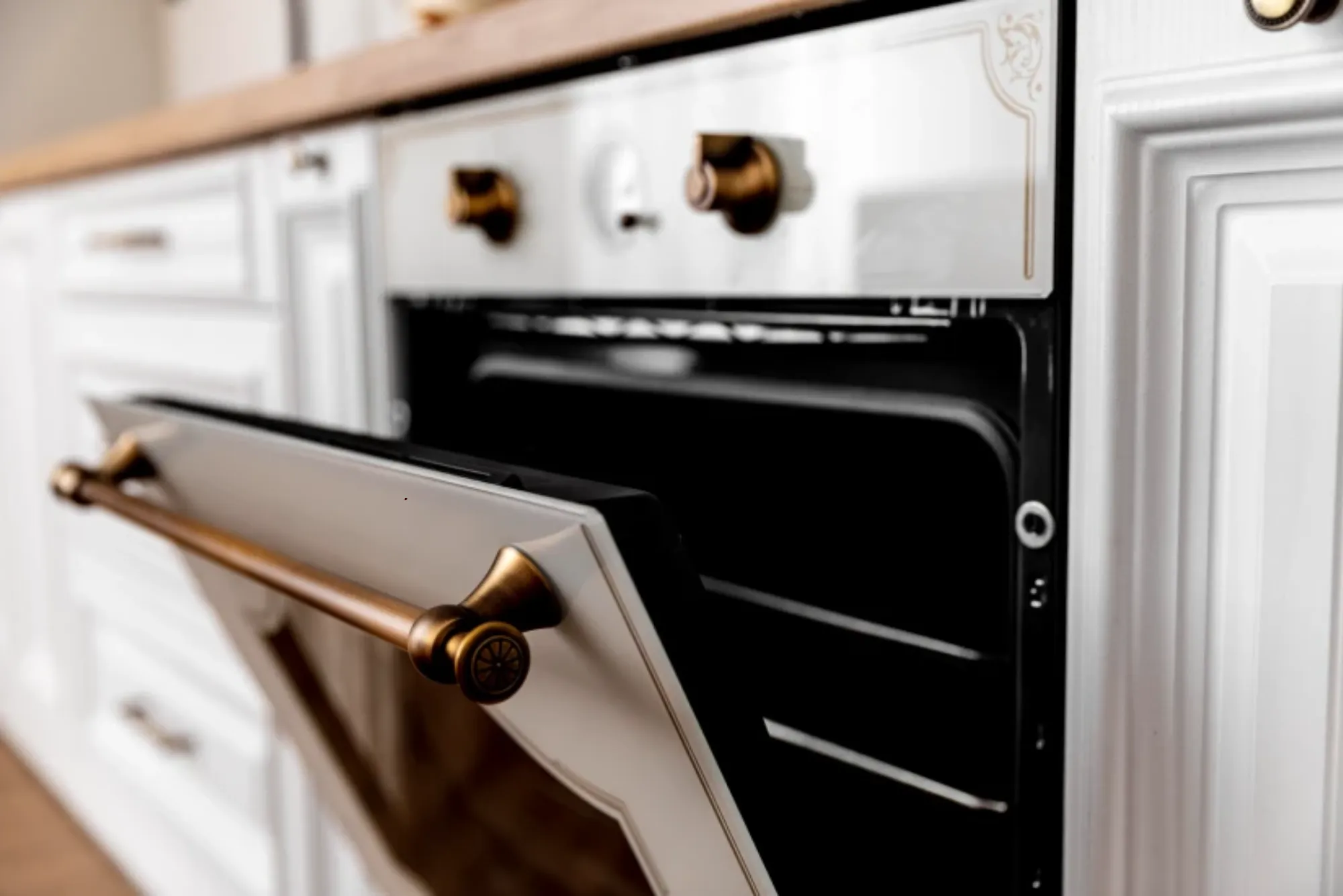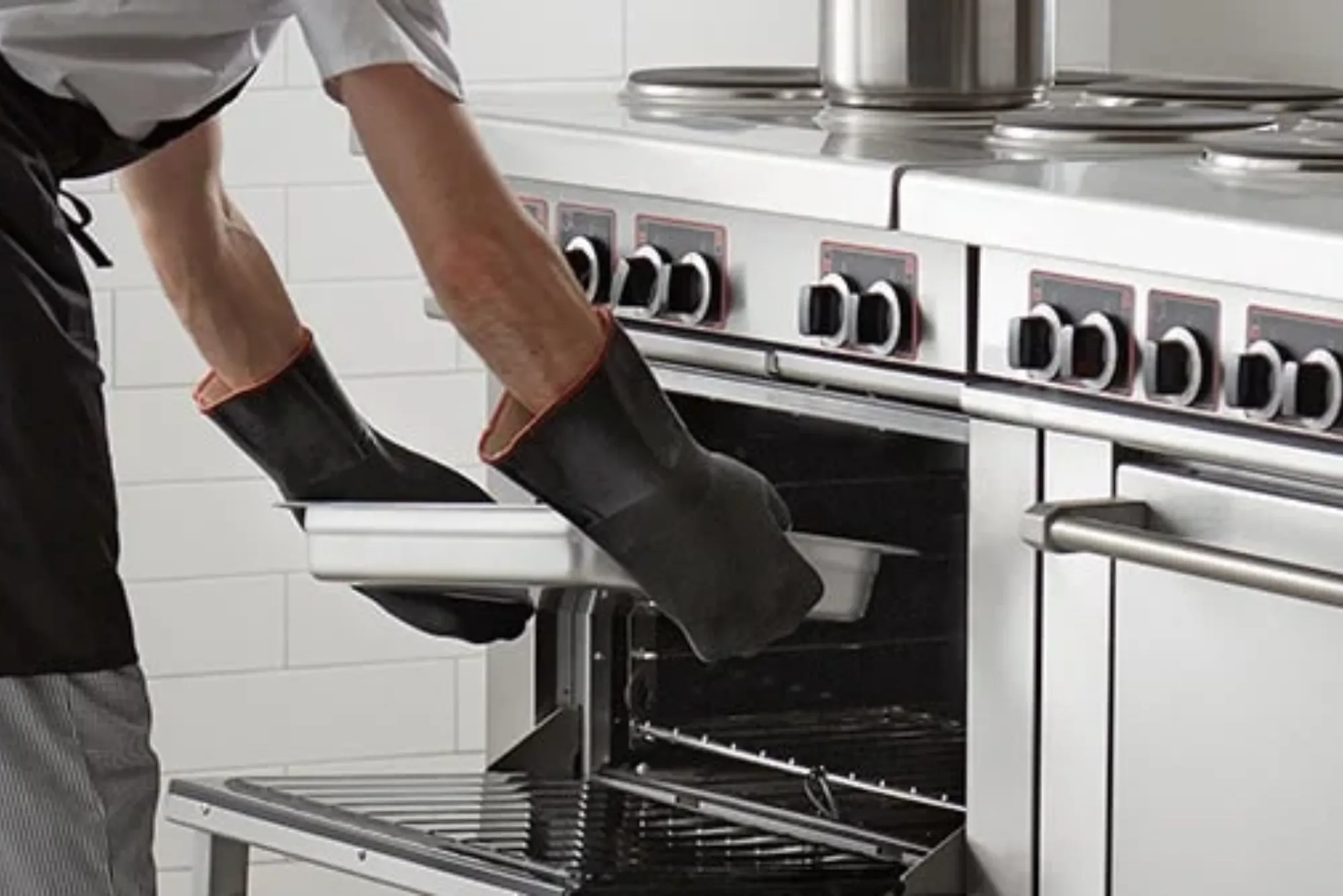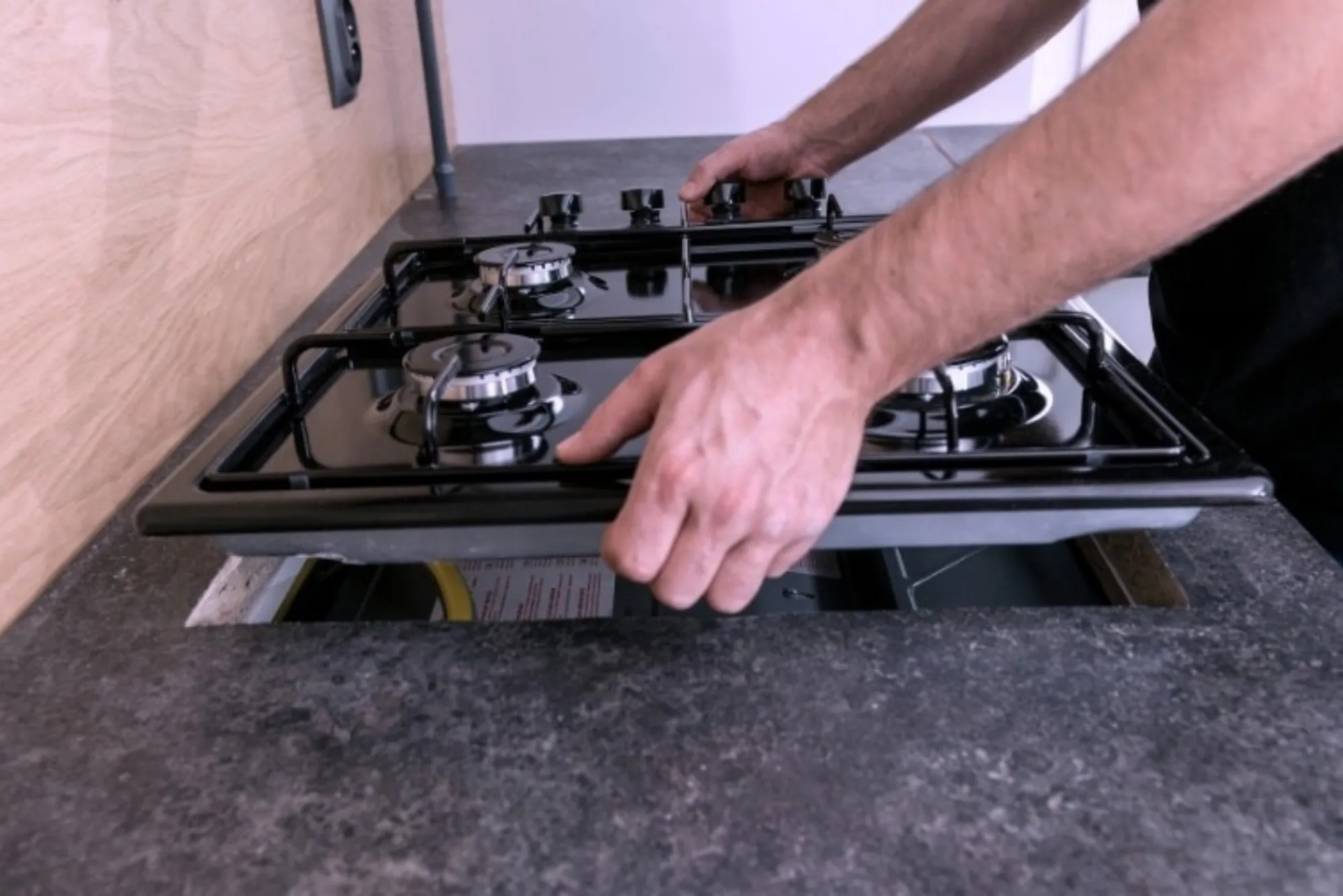Electric stoves have become central to modern cooking, providing efficiency, precision, and convenience compared to traditional methods. However, as with many electrical appliances, their performance is highly dependent on the stability of the electricity supply. Voltage fluctuations, which occur when the delivered voltage deviates from the standard supply level, pose significant risks to stoves. These fluctuations can arise from multiple causes, ranging from grid instability and overloaded circuits to faulty wiring or natural events such as lightning strikes. For homeowners and businesses, understanding the impact of voltage fluctuations on stoves is essential to maintaining performance, reducing safety risks, and extending the appliance’s lifespan.
Understanding Voltage Fluctuations
Voltage fluctuations refer to variations in the electrical supply that deviate from the nominal value. In most regions, household appliances are designed to operate within a standard voltage range—often 110–120V or 220–240V, depending on location. A fluctuation occurs when voltage rises above or falls below this acceptable range.
There are two primary types of fluctuations: surges and sags. Surges represent a sudden increase in voltage, often caused by high-demand appliances switching on or external disturbances on the power grid. Sags, on the other hand, are drops in voltage that leave appliances underpowered. Both types disrupt the normal operation of stoves, which rely on consistent electrical input to generate stable heat.
The Sensitivity of Stoves to Power Stability
Unlike simple appliances with minimal electronics, modern stoves are equipped with digital displays, programmable timers, touch controls, and sensors that regulate temperature. These features make them more sensitive to irregular voltage. Even slight deviations from the recommended supply can cause control boards to malfunction, heating elements to operate inefficiently, or entire systems to shut down as a protective response.
Older stoves, which rely mainly on mechanical switches and heating coils, are somewhat more tolerant of fluctuations but still susceptible to damage when severe surges or prolonged sags occur. The key point is that whether a stove is advanced or basic, its performance is compromised by unstable voltage.
Performance Issues Caused by Voltage Fluctuations
One of the most noticeable effects of voltage instability is the inconsistency in heating performance. When voltage drops below the required level, the heating elements produce insufficient heat, resulting in undercooked meals and longer cooking times. In commercial kitchens, such delays can affect productivity and customer satisfaction.
Conversely, voltage surges can cause elements to overheat, leading to food burning or uneven cooking. Such irregularities disrupt not only the quality of meals but also the reliability of stoves in professional and household settings. Over time, repeated fluctuations degrade the components, reducing overall efficiency and increasing energy consumption.
Safety Risks Linked to Electrical Variations
Beyond performance, safety is a critical concern when it comes to voltage fluctuations. A surge in voltage can cause insulation on wires within the stove to break down, creating conditions for short circuits or sparks. These faults may lead to electrical fires, especially in environments where stoves are used continuously and left unattended for long periods.
Low voltage conditions also pose indirect risks. When a stove operates with insufficient power, motors that drive fans or electronic components are forced to work harder, generating excess heat that can damage internal parts and create fire hazards over time. Furthermore, repeated restarts caused by unstable voltage strain sensitive electronic boards, making them more vulnerable to failure at critical moments.
Long-Term Impact on Stove Durability
Every fluctuation leaves a mark, even if its immediate effect is not obvious. Heating elements exposed to irregular current flow tend to wear out faster. The electronic control modules, which are among the most expensive parts of modern stoves, are especially vulnerable to repeated surges. Once damaged, these boards often require complete replacement rather than repair, representing a significant cost to owners.
In commercial settings such as restaurants, where stoves are vital assets, downtime due to electrical issues can disrupt operations and revenue. For households, the shortened lifespan of stoves translates into higher replacement costs and the inconvenience of frequent repairs. Thus, addressing voltage fluctuations is not just about safety but also about protecting long-term investments.
Economic Costs of Neglecting Power Stability
The financial implications of voltage fluctuations extend beyond repair bills. Inefficient operation caused by irregular voltage leads to increased energy consumption. A stove drawing unstable current may require more time to achieve desired cooking temperatures, driving up electricity bills.
In addition, the costs of lost productivity in commercial kitchens or spoiled meals in households accumulate over time. Insurance claims related to fire incidents triggered by electrical instability further highlight the hidden expenses of neglecting voltage regulation. By contrast, preventive measures such as stabilizers or surge protectors represent a relatively small investment compared to the potential losses caused by unaddressed fluctuations.
Preventive Solutions and Protective Measures
To safeguard stoves against voltage instability, several practical measures can be employed. Voltage stabilizers are widely recommended for appliances sensitive to power variations. They regulate input supply, ensuring that the stove receives consistent voltage regardless of fluctuations in the grid. For areas prone to sudden surges, surge protectors offer an additional layer of defense by diverting excess electricity away from the appliance.
Proper electrical installation also plays a vital role. Faulty or undersized wiring contributes to internal voltage drops that mimic external fluctuations. Ensuring that circuits are correctly rated for the load of stoves prevents unnecessary instability. In commercial kitchens, investing in uninterruptible power supply (UPS) systems not only stabilizes voltage but also guarantees continuity during short power outages, maintaining productivity.
Regular maintenance further enhances safety. Checking for loose connections, inspecting wiring insulation, and servicing control boards ensure that stoves remain resilient against electrical stress. When combined, these measures significantly reduce risks and preserve appliance performance.
The Role of Manufacturers in Mitigating Risks
While users can take steps to protect their stoves, manufacturers also play a key role in designing appliances capable of withstanding fluctuations. Many modern models incorporate built-in surge protection, advanced circuit designs, and voltage tolerance ranges. Transparent labeling of recommended operating conditions helps consumers understand how to maintain safe usage.
As global demand for electricity continues to rise, and power grids face increasing stress, manufacturers are expected to innovate further by introducing stoves that adapt to variable supply without compromising safety or efficiency. Such developments not only improve user experience but also build trust in brands that prioritize durability and resilience.
Environmental Considerations of Unstable Voltage
The consequences of voltage fluctuations extend beyond financial and safety concerns to environmental impact. Inefficient stove performance caused by unstable power leads to higher energy consumption. This wasted energy, when multiplied across millions of households and businesses, contributes to greater demand on power plants, resulting in increased carbon emissions.
Furthermore, premature failure of stoves due to electrical stress adds to electronic waste, which poses challenges for recycling and disposal. By addressing voltage instability through both preventive measures and improved appliance design, consumers and manufacturers contribute to sustainability goals by conserving energy and reducing waste.
Looking Toward a Stable Electrical Future
The problem of voltage fluctuations cannot be entirely eliminated, as it is often linked to broader issues within power distribution networks and external natural factors. However, the growing awareness of its impact on appliances such as stoves underscores the importance of resilience at both the household and infrastructure levels.
Smart grid technologies, renewable energy integration, and improved monitoring systems hold promise for minimizing fluctuations in the future. Until such solutions become universally accessible, protecting appliances individually remains a practical necessity. Consumers, technicians, and manufacturers must work collectively to address the challenges posed by unstable voltage.
A Case for Proactive Protection
Stoves, whether in family kitchens or commercial establishments, rely on stable voltage to deliver safe, efficient, and consistent performance. Voltage fluctuations, if left unchecked, compromise cooking quality, reduce durability, and pose serious safety risks. The hidden costs of neglecting power stability—ranging from higher energy bills to fire hazards and premature replacements—are far greater than the investment required in preventive measures.
By understanding the nature of voltage fluctuations and implementing protective solutions, users can safeguard their stoves while extending their service life. Manufacturers, too, have a responsibility to design appliances capable of withstanding electrical variability. In the end, ensuring voltage stability is not just about protecting stoves; it is about preserving safety, efficiency, and sustainability in the modern kitchen.




